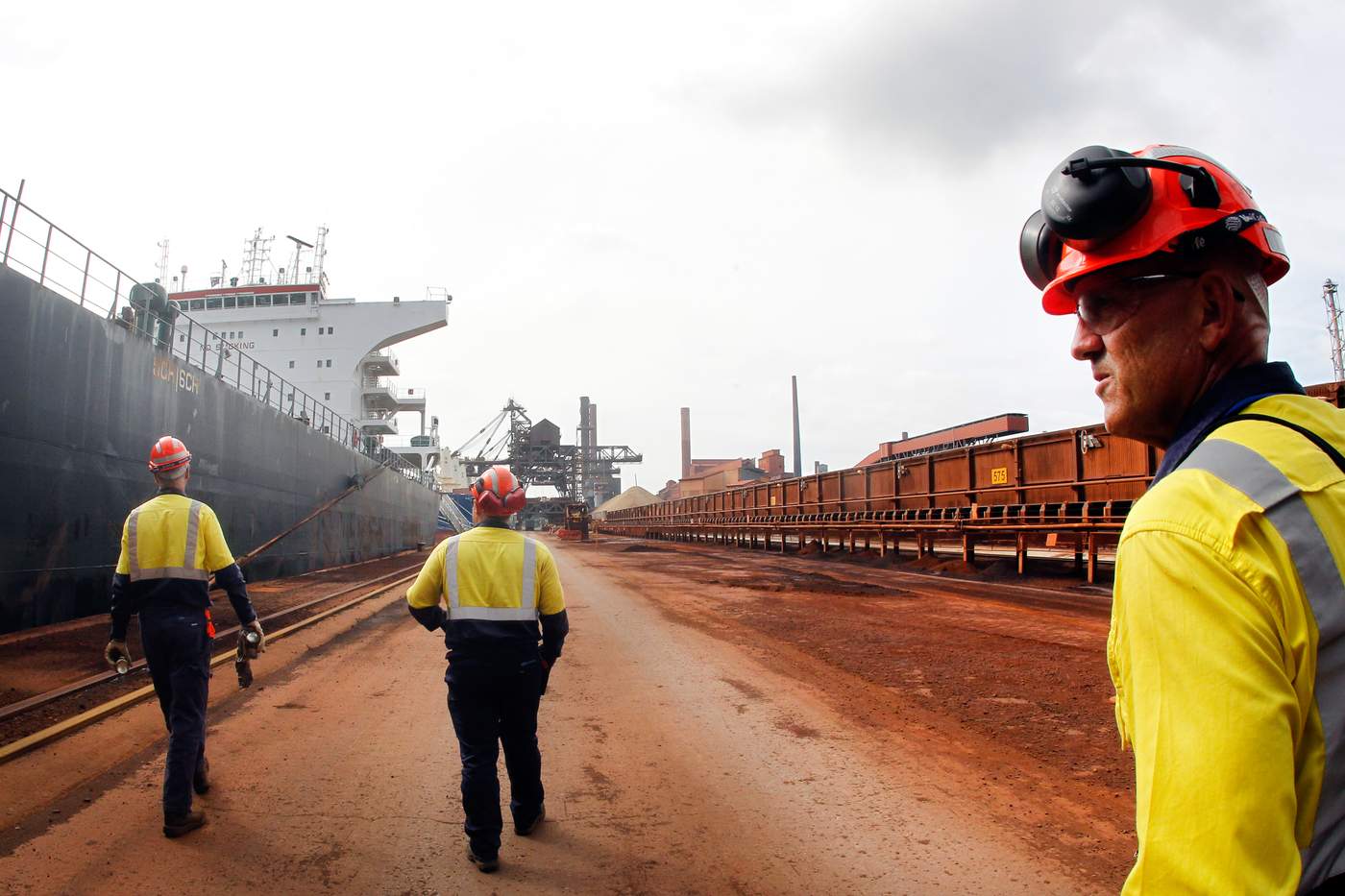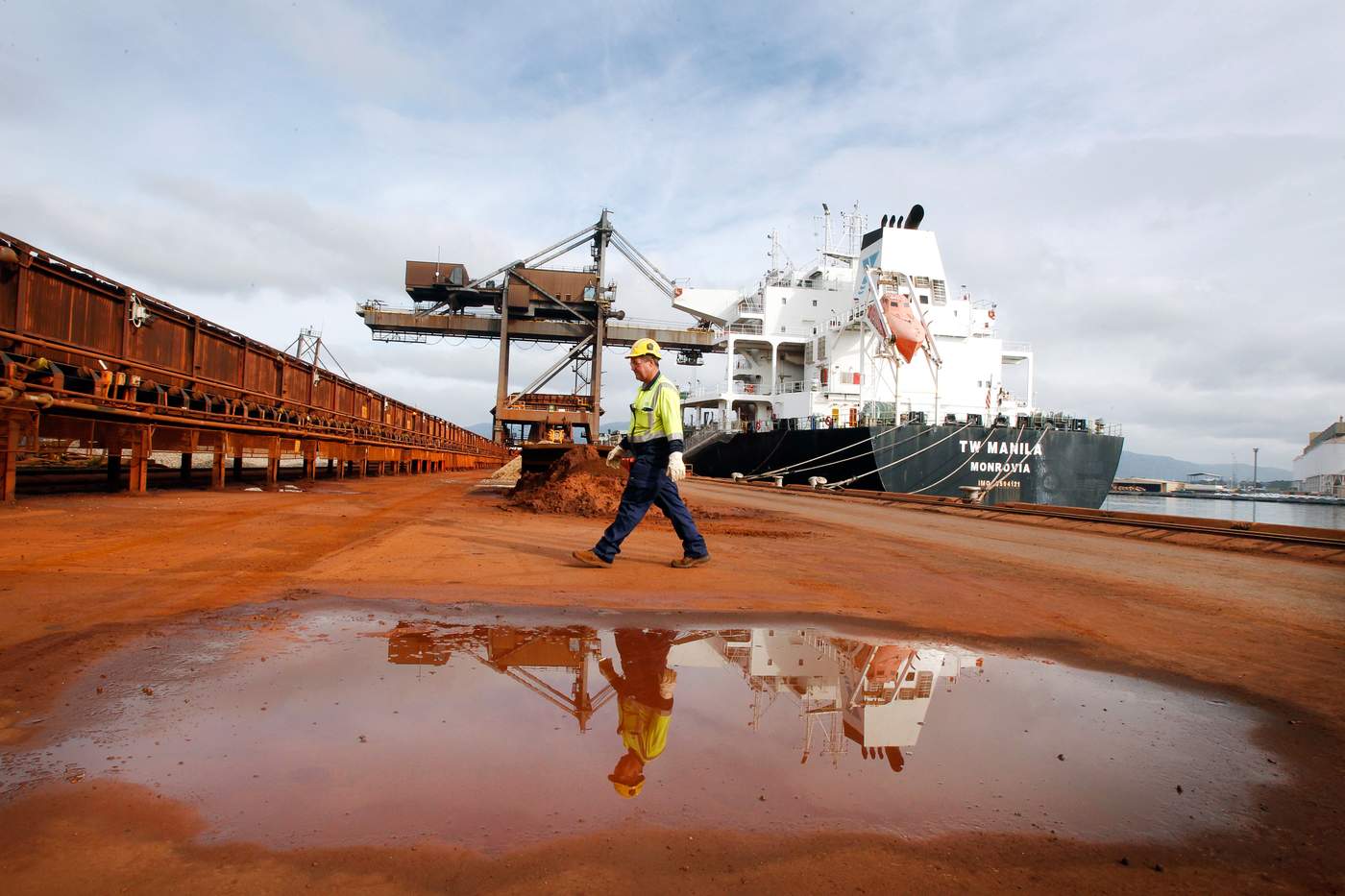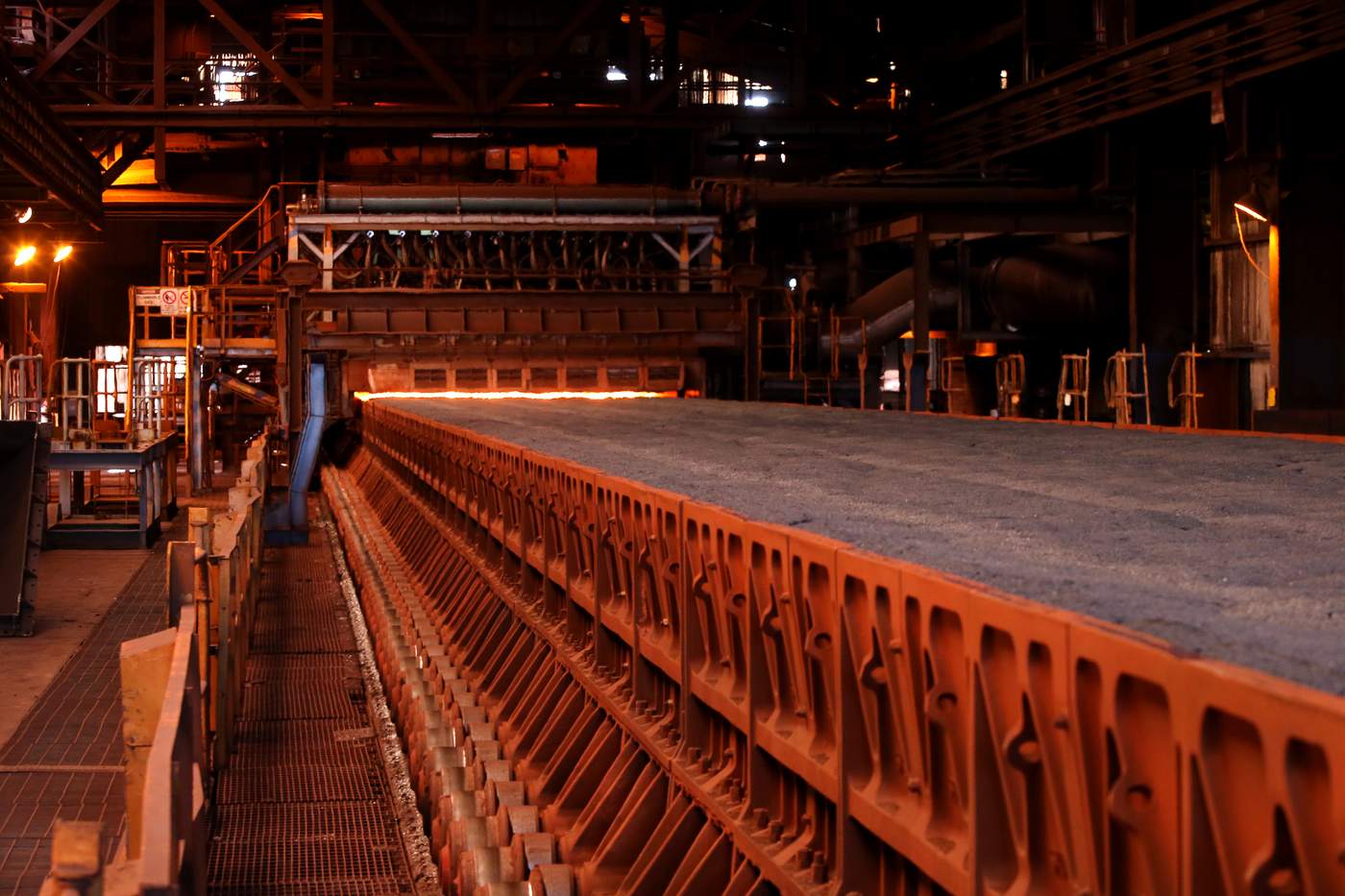The steel story:
It starts with big ships
Journalist Glen Humphries and photographer Sylvia Liber pull back the steel curtain and take you deep inside BlueScope's Port Kembla steelworks.
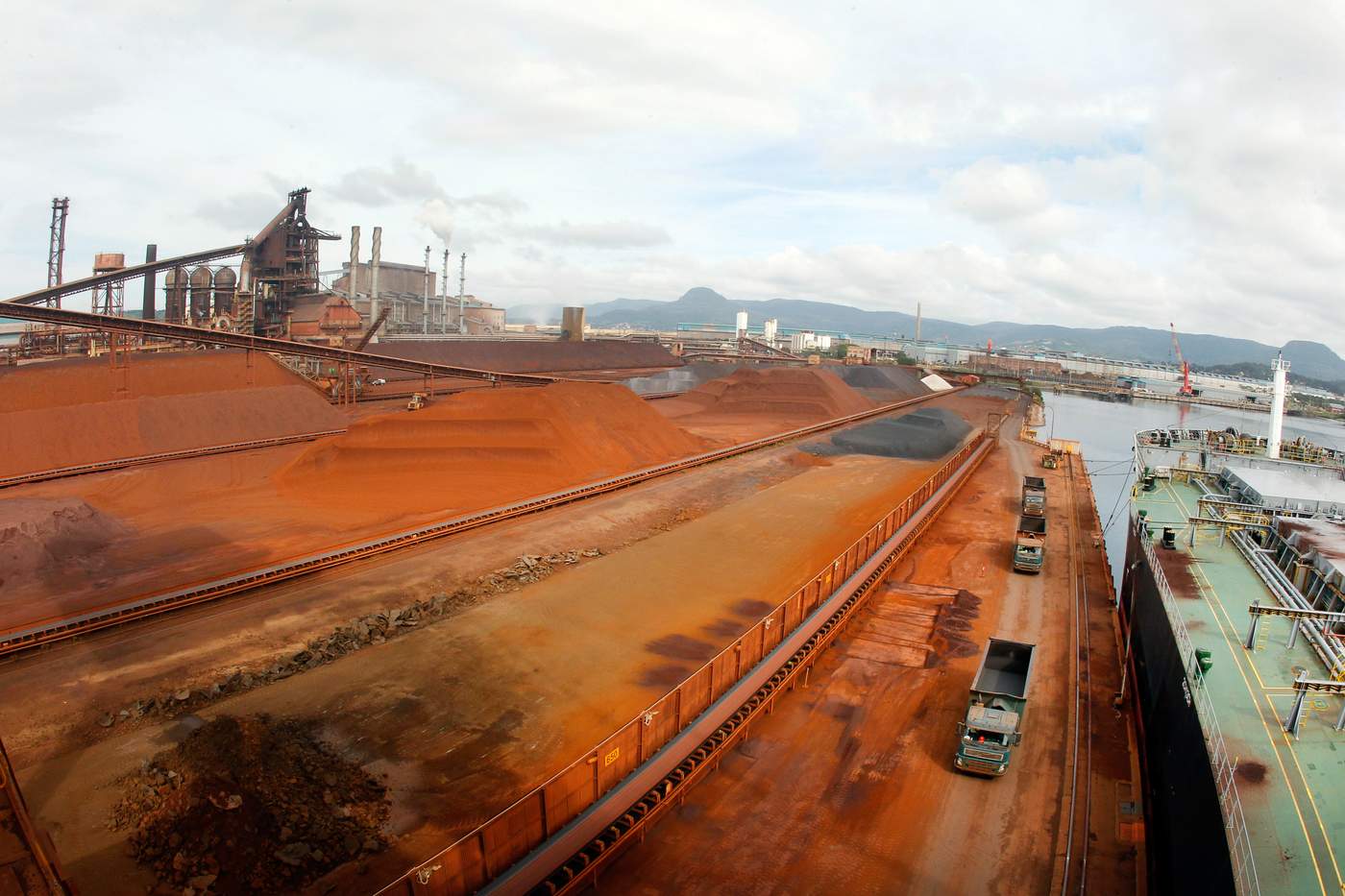
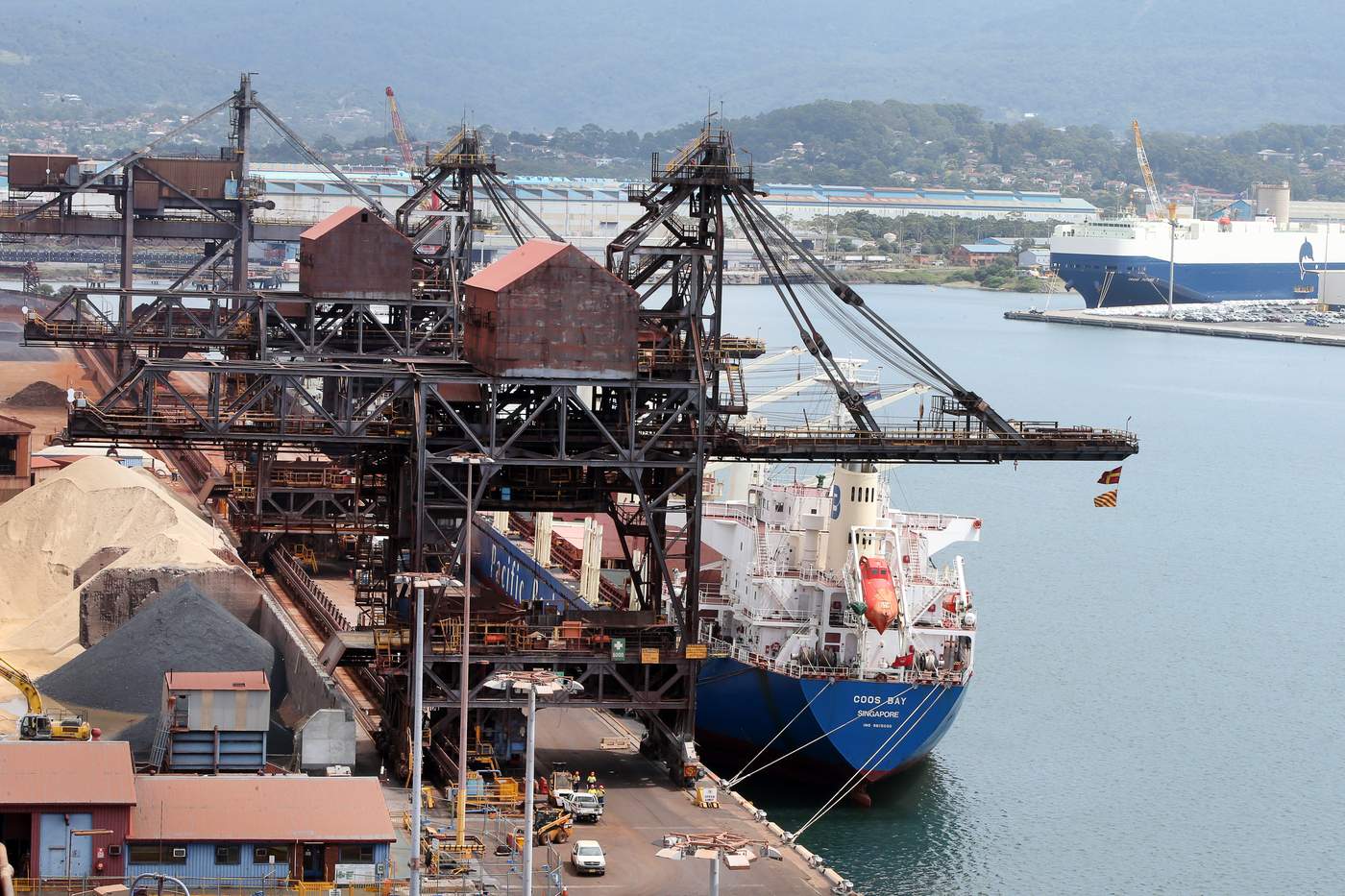

When you see the large ships sitting off the coast waiting to get into Port Kembla, there’s an easy way to figure out which ones are heading to the steelworks.
They’ll be the ones sitting lower in the water, because they’re chock full of the raw materials used to make steel.
That can be iron ore from Western Australia, manganese from South Australia or limestone or dolomite.
BlueScope has three berths for ships in the harbour.
The one furthest to the north is used to dock the largest ships - 300 metres long by 50 metres wide, carrying the copper-coloured iron ore.
The port sees 26 of these so-called capesize ships a year - each carrying 140,000 tonnes of ore.
They’re so big, they can only come in and out of the harbour at high tide.
As you could imagine, that requires a lot of effort to unload.
Working around the clock, it takes about a week to get it all out and onto the BlueScope stockpiles.
The capesize vessels are unloaded with an overhead crane that sits perpendicular to the ship.
A worker sits in a booth that slides to and from the ship, controlling a 20-tonne ‘‘grab’’ - or claw - that is used to pick up the ore out of one of seven hatches.
Each hatch can hold as much as 18,000 tonnes of ore.
Operating the crane is not for those who have issues with height; more than 20 metres off the ground, it’s accessed via more than 100 small stairs.
For maintenance purposes, workers have to climb past the operator’s seat to the very top of the structure several times a day.
It’s a lung-busting effort, and the workers have a running joke - if you can whistle when you get to the top you get a Mintie.
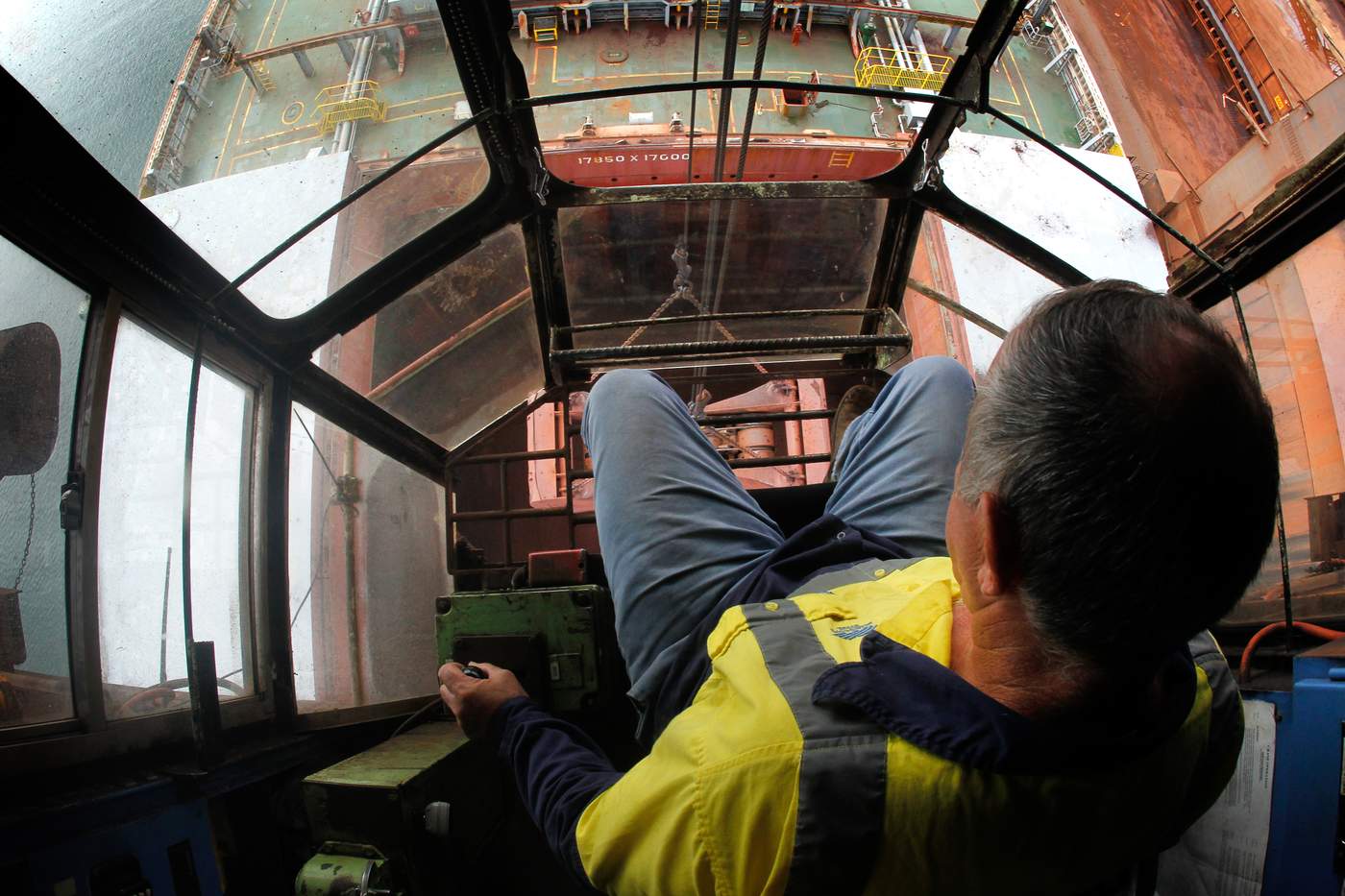
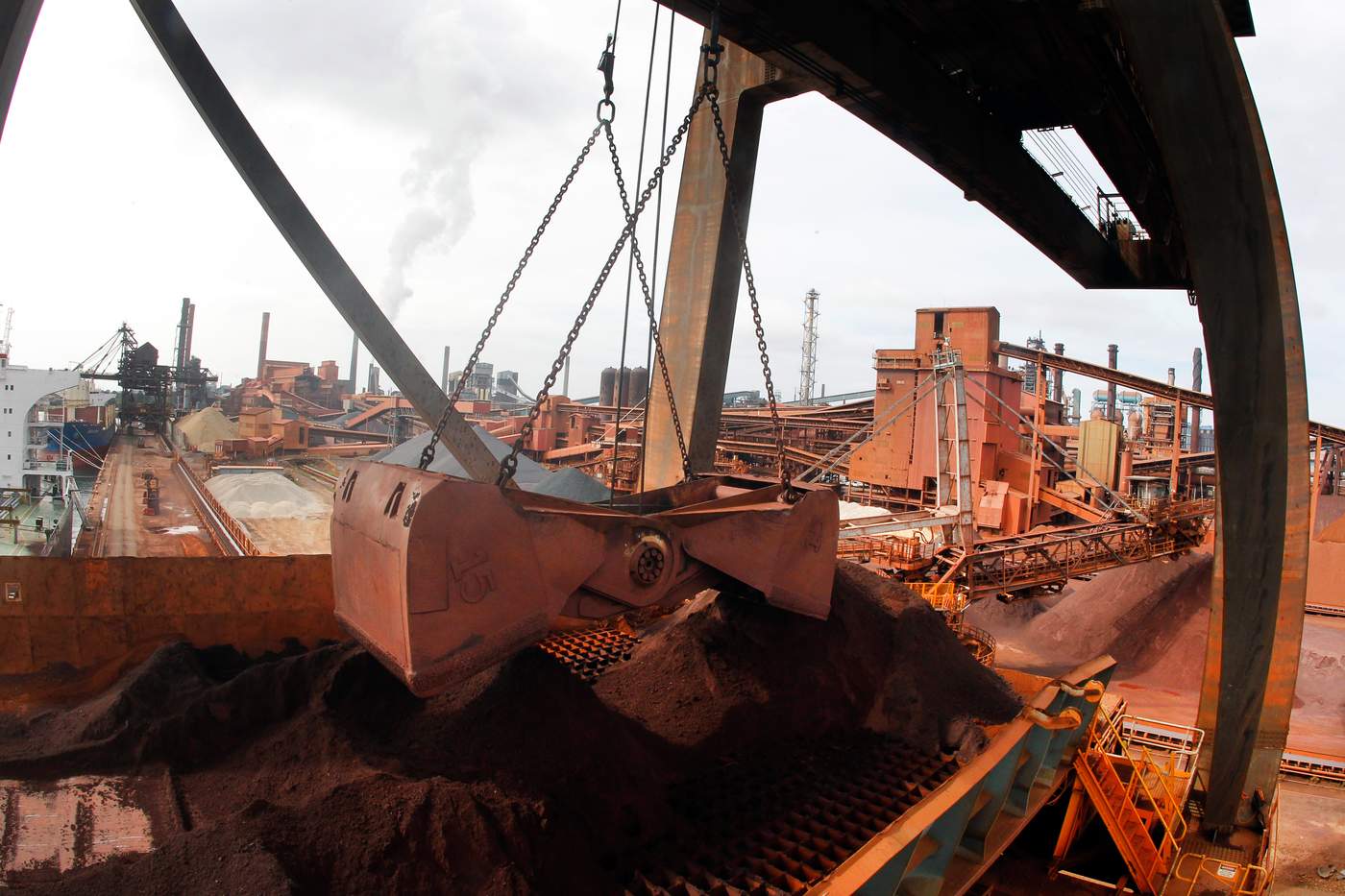
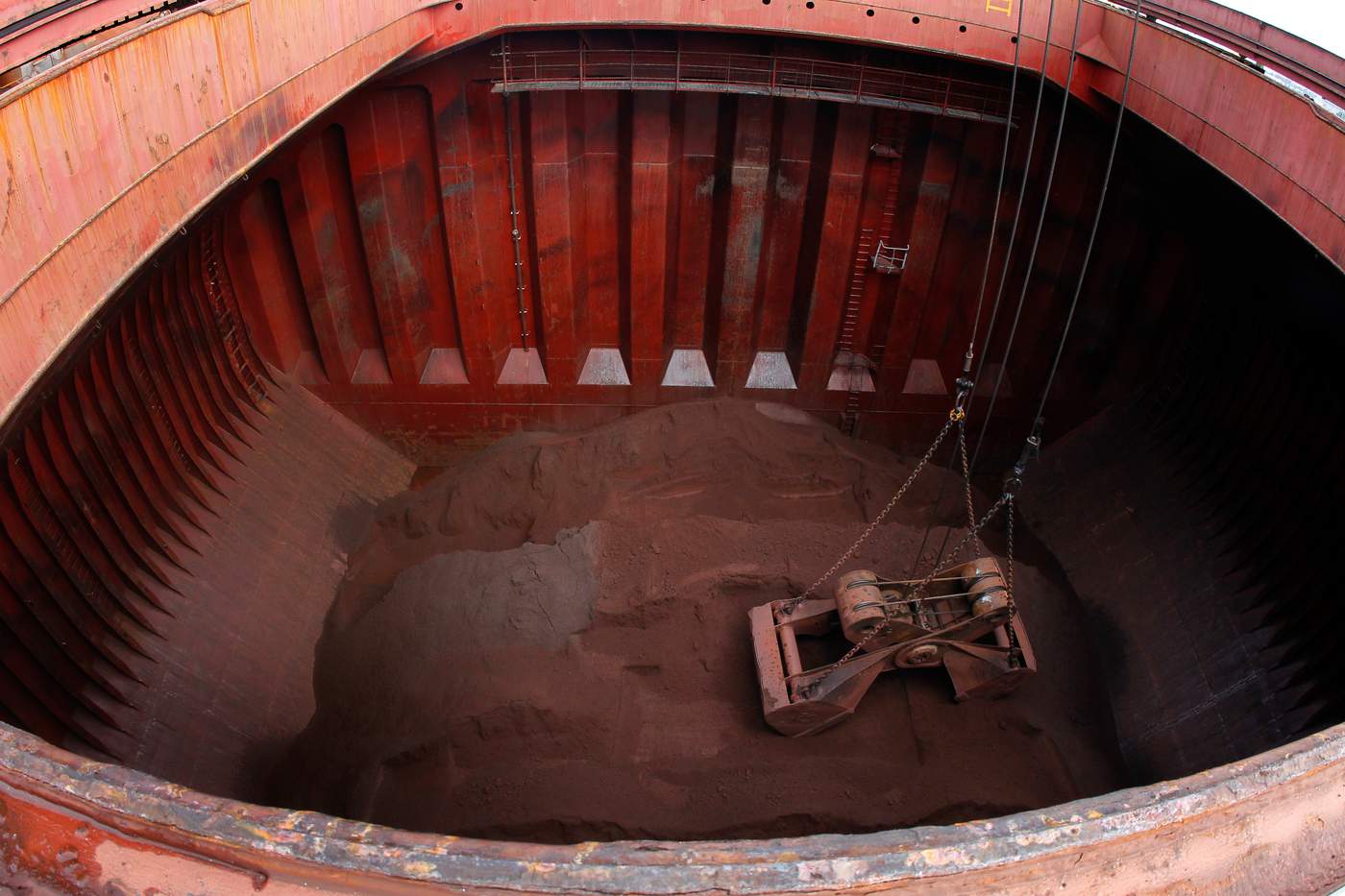
When the pile inside the ship’s hatch gets too low for the claw to pick up safely, the crane will lift a front-end loader into the hatch to move the ore into the centre.
Still, offloading the ore is more than just treating it like a giant magic claw game.
Calculations have to be made to ensure the ship itself doesn’t tip up or back or sag in the middle once the weight of the ore is removed.
This involves pumping water into ballast tanks under the ship’s deck to counteract the loss of weight of the ore.
Also, the ship can’t be allowed to float too high in the water as there is only a limited clearance for the claw to operate. If the ship rises too high, the claw is ineffective.
Once unloaded the ore is transported via a series of conveyor belts - which stretch for kilometres across the site, some of them underground - to the yard where it is stored in long piles.
Eventually it goes to the blast furnace - if the pieces are big enough - or to the sinter plant, where it is combined with other ingredients for the steelmaking process.
